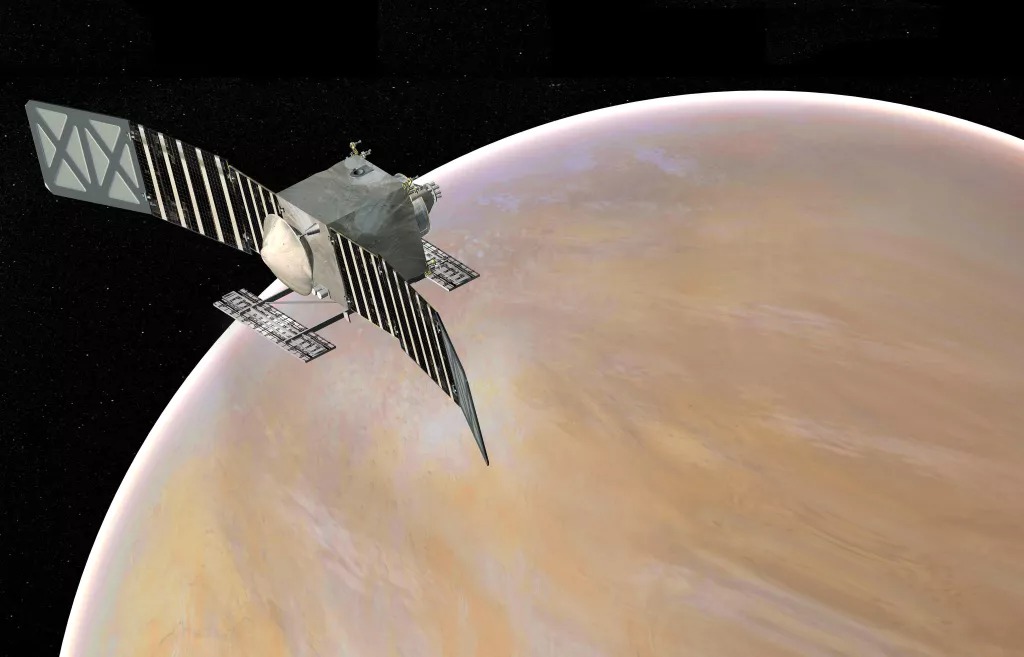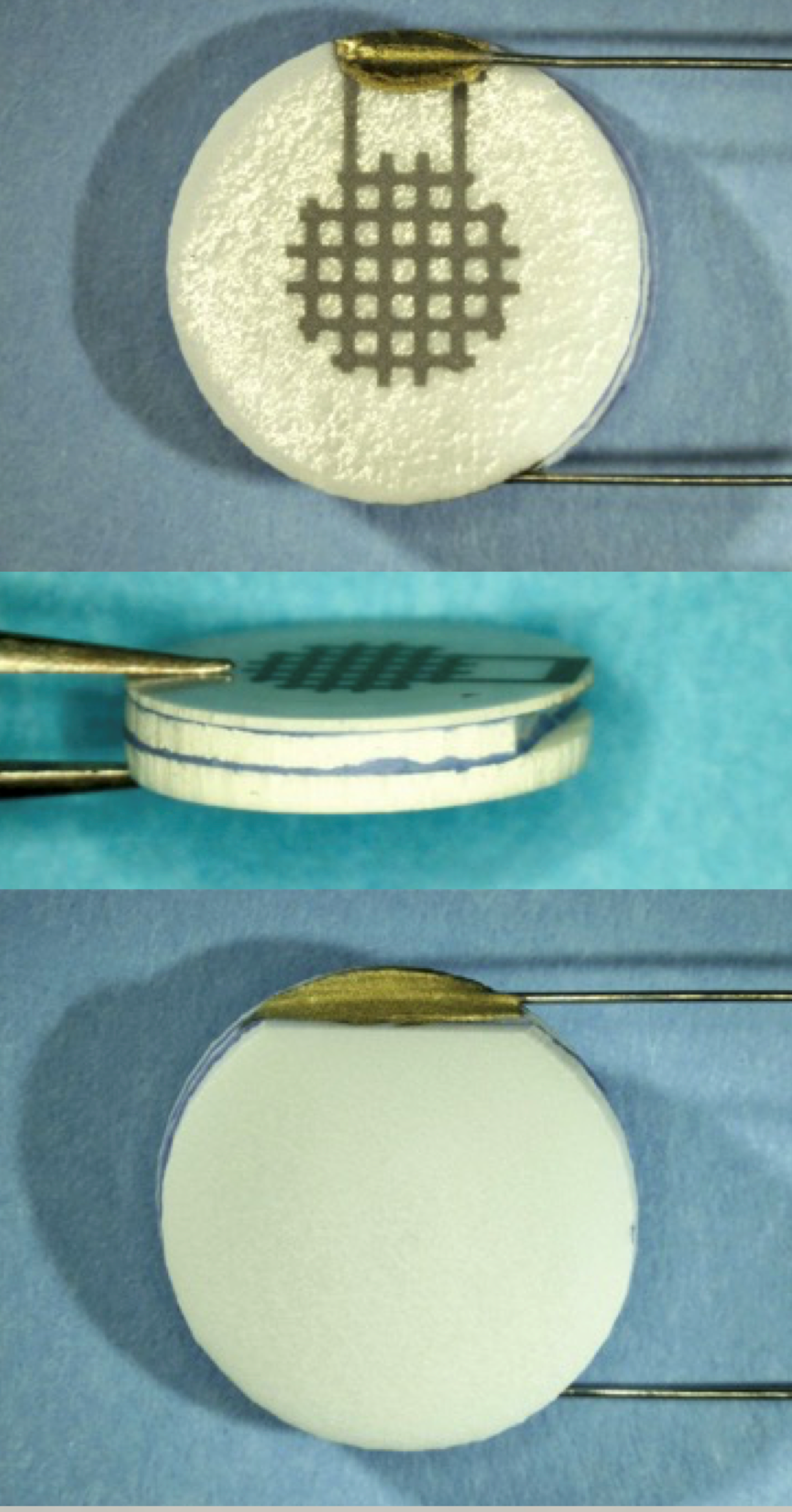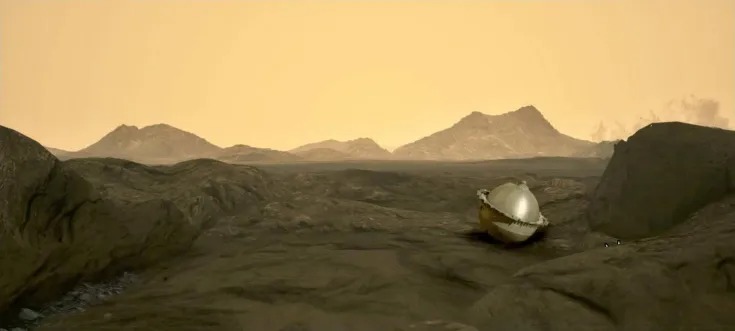The DAVINCI (Deep Atmosphere Venus Investigation of Noble gases, Chemistry, and Imaging) mission, scheduled to launch in 2029, aims to study the atmospheric and climatic system of Venus to shed light on the potentially habitable past of the “burning” planet. This is the first mission to the Morning Star, which will use both a flyby and a descent probe.

A special feature of the mission will be that the lander will be equipped with a miniature sensor called the Venus Oxygen Fugacity (VfOx) device. It will be installed outside the body of the descent probe, which will enter the scorching atmosphere of Venus. According to NASA, the sensor will be designed, built, tested by students as part of a joint experiment. Moreover, the device will also be operated by students.
Venus Oxygen Fugacity
The VfOx sensor with a diameter of less than 1 centimeter is made of ceramic, which will allow it to survive in the hellish atmosphere of Venus. Ceramics are resistant to temperature changes, which means that the probe will be able to work for some time even on the hot surface of the planet, where the temperature is high enough to melt lead.

As part of the DAVINCI mission, the student experiment aims to educate and train graduates in planetary sciences and engineering skills using real-world conditions. Students will analyze the data that VfOx returns from Venus and work with the DAVINCI science team on other mission-related activities.
DAVINCI Mission Program
The spacecraft will make two orbits of Venus before its 200-kilogram probe plunges into the planet’s dense atmosphere about two years after launch. The probe is expected to take measurements of clouds and ultraviolet absorption on the day side of Venus, as well as measurements of heat emanating from the planet’s surface on the night side. The probe will also absorb and analyze gases in the planet’s atmosphere, taking pictures as it descends into the mountainous terrain known as Alpha Regio.

You can also read our article about how photos were taken from the surface of Venus.
Follow us on Twitter to get the most interesting space news in time
https://twitter.com/ust_magazine

